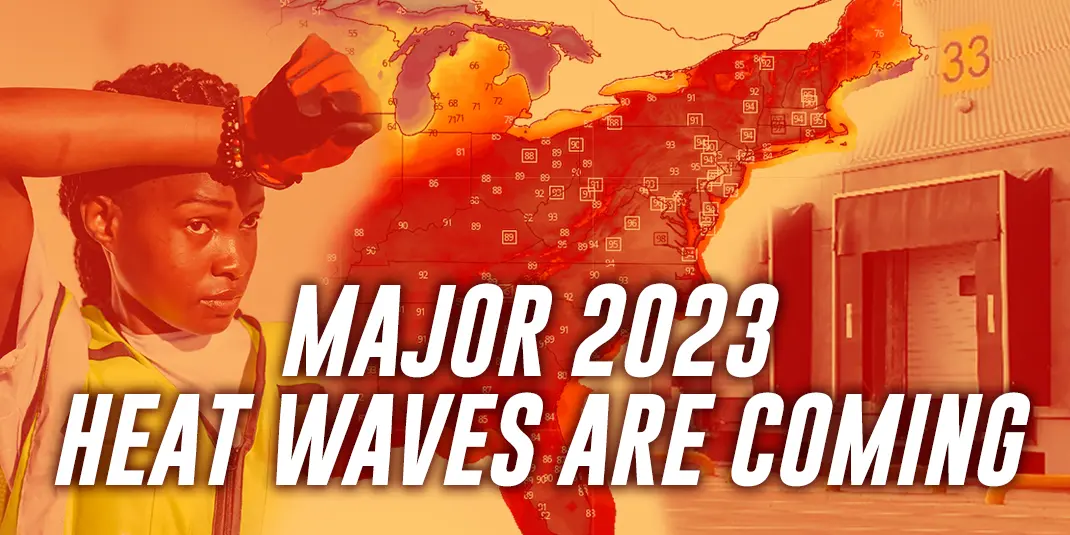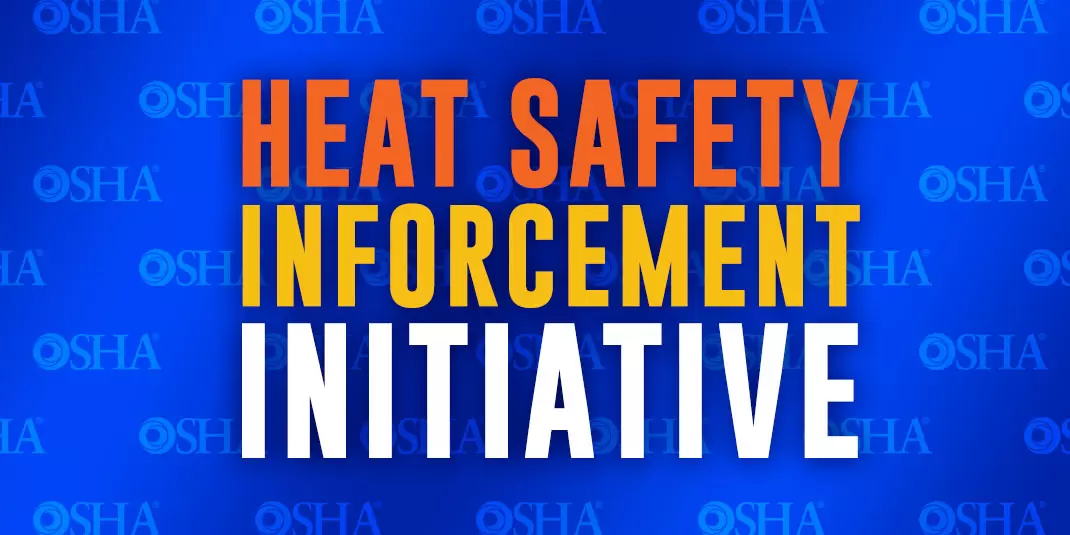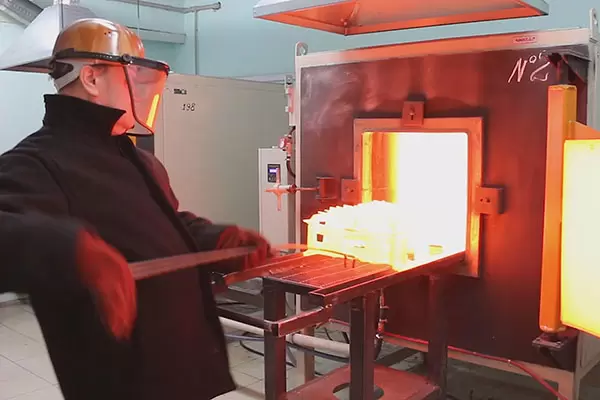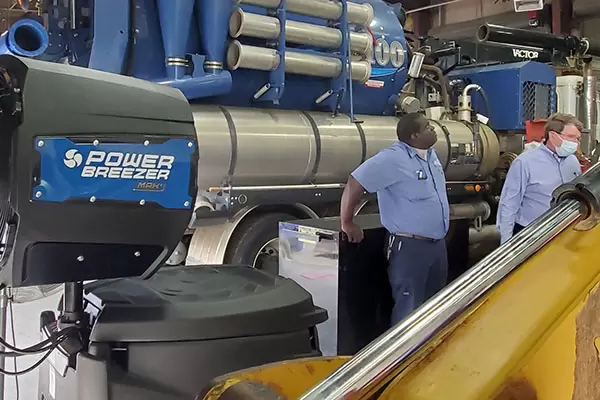

Close

Close



Temperatures continue to soar globally, and this has caused a tremendous rise in heat-related illnesses and deaths, especially for workers who are expected to work at full capacity in these dangerous conditions. The US experienced some of its highest temperatures ever recorded in 2021, according to NOAA, and this has strengthened the importance of developing federal regulations for handling extreme heat in places of business and employment.

Additionally, there has also been discussion that in fields where workers are subject to extreme temperatures, under-reporting of heat illnesses is occurring. This is especially relevant to vulnerable and undocumented workers, where reports are often misclassified or not reported at all. As a result, the Biden Administration addressed this need and is in the development stage of initiatives through OSHA to ensure workers, children, and the elderly are protected from high heat.
The rising temperatures and extreme heat we are seeing are creating an immediate threat to the American workforce, as well as for communities that do not have access to resources for cooling. OSHA (The Occupational Safety and Health Administration) is part of the Department of Labor, and this governing body is responsible for developing and enforcing regulations to ensure safety in the workplace.

Heat is among the most dangerous climate hazards, particularly in regards to how workers on the job are affected. OSHA’s heat-related illness prevention campaign intends to protect workers in hazardous conditions where they are exposed to extreme heat on the job.
Their new regulations will address industries that are most notable for exposing workers to high heat, in both indoor and outdoor settings.
These initiatives aim to prioritize heat-related interventions, along with thorough inspections of workplaces when temperatures rise over 80℉. Along these lines, employers will also be encouraged to go beyond the bare minimum requirements and to take proactive measures to prevent exposure to excessive heat during work. Employers should also take the initiative to ensure workers have access to shade, cool temperatures, water, and breaks during high-heat events. For employers, passing OSHA inspections will be critical, however, it is immensely important for these safety standards to be upheld for the health and safety of everyone working in difficult conditions.

Based on data from the U.S. Department of Labor’s Bureau of Labor Statistics (BLS), between 2011 and 2019, there was an annual average of 38 fatalities from environmental heat illnesses. Additionally, the same report also noted that US businesses experienced approximately 2,700 cases that caused missed days from work. These numbers are indicative of both the deadly potential of heat on the job, as well as the major toll on productivity that comes due to heat.
Heat-related illnesses can include heat exhaustion, heat cramps, heat rash, and heat stroke, which is considered the most dangerous because it can be fatal. OSHA’s current standards for heat-related cases have led to an average of just 200 inspections yearly, between 2015 and 2020. During this time, they reported an average of 15 heat-related fatalities during these inspections. However, in many cases, these numbers are suspiciously low, because the cause of death is often classified as due to heart attack, despite the real cause being heat stroke or heat illness.
Though standards for working in extreme heat from the federal government are long overdue and extremely important for worker safety, companies should consider planning ahead to protect their workers in the immediate future.

Using portable, energy-efficient cooling solutions, such as deploying atomized evaporative cooling systems like those from Power Breezer can be an excellent way to reduce temperatures in work settings. Currently utilized by such entities as PepsiCo, FedEx, Amazon, and the U.S. Military, these machines offer the most advanced cooling technology in places where nothing else can. They can be run indoors or outdoors, require very little assistance to power through long shifts, and are effective in many of the world’s most difficult, high-heat climates.
There is no ability to avoid the obvious: temperatures are rising every year, and worker health must be a priority for all businesses when dealing with the heat. The new regulations for managing extreme heat in the workplace are an excellent move towards safer work environments.
If your business exists in an industry such as shipping, logistics, agriculture, construction, factory, warehouses, food service, or delivery service, and it exposes staff to extremely high heat, it’s time to start planning how this will be managed. While federal regulations are an important step in the right direction, it is not too soon to begin working towards keeping your workers as safe as possible on the job even before inspections are required.




“Everyone Deserves To Be Cool”
Power Breezer offers the most comprehensive selection of mobile and mounted cooling systems for commercial, and military needs.
Cart has been replaced

Our team is ready to take your call from 8AM to 6PM EST
Main Number:
Inside Sales – Ext 806
Customer Service – Ext 807
At Maxify Solutions and Power Breezer we value diversity as a foundation of innovation and unique out of the box perspectives. We lean on our Cultural Pillars of Straight Talk, Bravery, Team Execution, Fail Fast and the Art of the Debrief to bring more diverse thought into all decisions we make. Our commitment to being an equal opportunity employer and complying with EEOC rules and regulations stems from our deep appreciation of diverse perspectives in the ideation and decision making processes. When it comes to our people decisions and opportunities we do not discriminate for any non-merit characteristics.